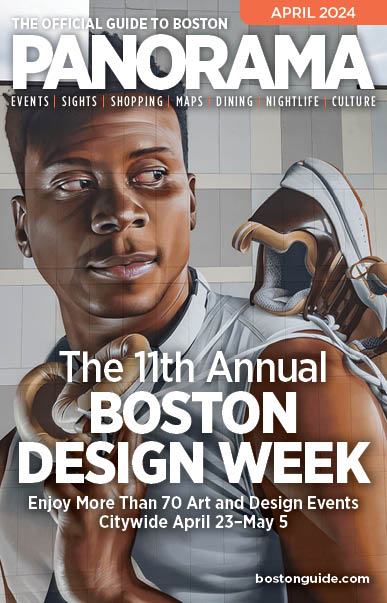The Boston Massacre

To borrow a phrase from FDR, March 5, 1770 is a day that lives in infamy in U.S. history. That was the day one of the most pivotal events leading up to the American Revolution took place: The Boston Massacre.
In the two years prior to that momentous
occurrence, unrest had been growing in the Colonies due to the Townshend Acts, which were enacted in 1767 by the British Parliament to impose extra taxes on such common items as paper, glass and tea. In order to enforce this decree and keep order, 4,000 British troops were sent to Boston in 1768, inciting the citizenry to taunt and harass the soldiers—who were seen as invaders—at every opportunity.
On the fateful evening in question, tensions had come to a head as an unruly mob and the British regulars came face-to-face on King Street (present-day State Street) just outside the building now known as the Old State House. The mob at first hurled only insults, with some daring the soldiers to fire. The scene soon escalated as Colonists began to throw sticks, clubs and snowballs, prompting one of the Brits to fire despite orders to the contrary from his commanding officer. The increased fury of the approaching throng led to several other soldiers spontaneously discharging their muskets. The people then dispersed, but once the smoke had cleared, five bodies—that of Crispus Attucks, Samuel Gray, James Caldwell, Samuel Maverick and Patrick Carr—lay dead or dying on the street. All of the victims were later interred at the Old Granary Burying Ground.
Anti-British sentiment, which had already been strong, now increased, spurred on by patriotic radicals like Paul Revere. The future midnight rider depicted an exaggerated and popular version of the incident in a famous engraving (pictured) that was used to stir up fervor against British tyranny. Although the Townshend Acts were mostly repealed (except that pesky tax on tea) and the troops sent home, this nascent country was pushed one step further towards revolution and eventual independence from the English crown.
What has been largely forgotten in all of this was the subsequent trials of the British soldiers, in which the red coats and their commander were defended by none other than Founding Father John Adams. The commander, Captain Preston, was acquitted in his trial. Though prosecuted by prominent attorney Robert Treat Paine, a future signer of the Declaration of Independence, only two of the eight soldiers put on trial a month after Preston’s trial were found guilty. They were spared the death penalty and instead punished by being branded with an “M” on their thumbs (for “murderer”).
For those eager to learn more, you’re here at the right time. The annual Boston Massacre commemoration and reenactment is an all-day affair, beginning on March 5 at the Old State House (refer to listing, page 49) with a family-friendly educational program from 11 a.m.–2 p.m. A re-creation of the trial starts at 11:30 a.m., while the reenactment of the Massacre itself takes place in front of the Old State House at 7 p.m. On March 9 from 6–7 p.m., visitors can learn about the fallout from the Massacre when the Old South Meeting House (refer to listing, page 48) hosts readings of famous speeches by patriots like John Hancock and Dr. Joseph Warren that were given on the anniversary of the bloody skirmish from 1772–1775.


